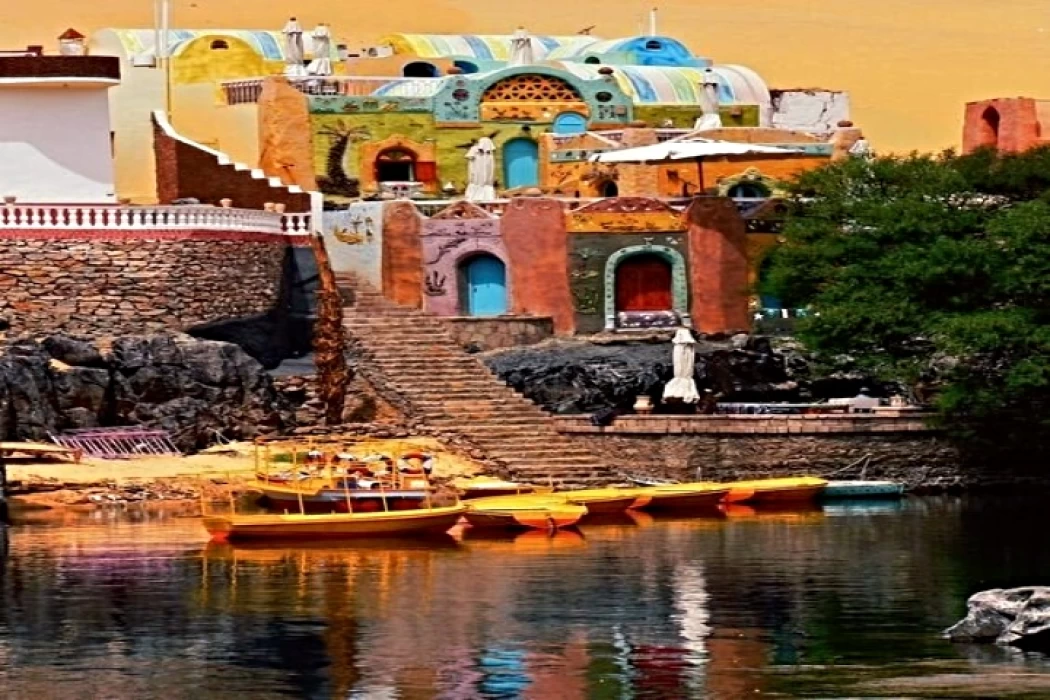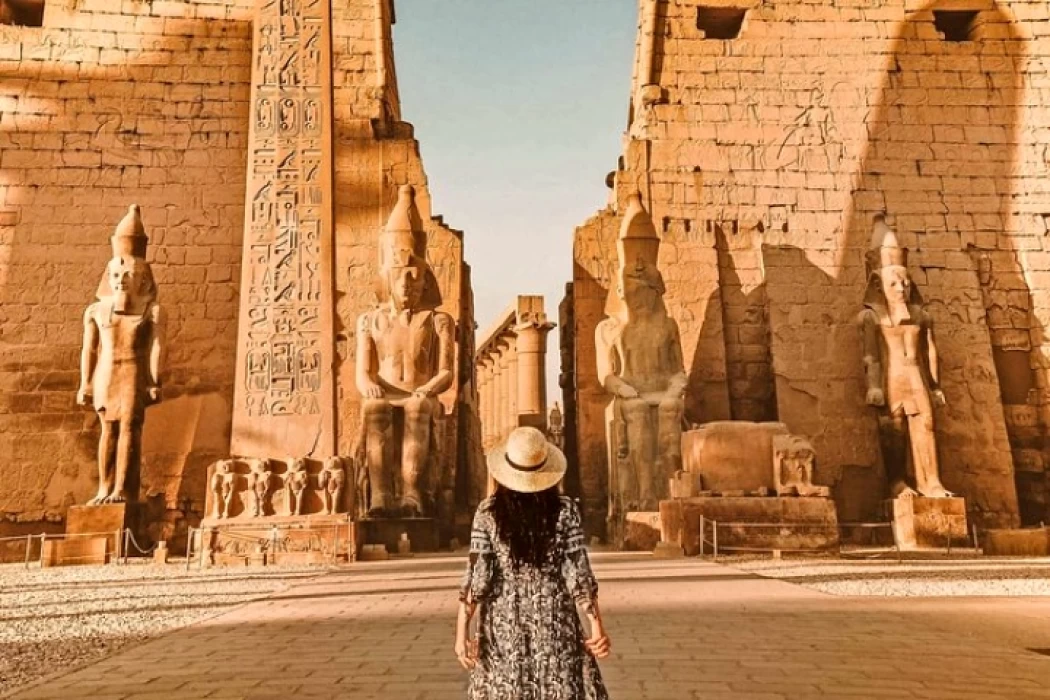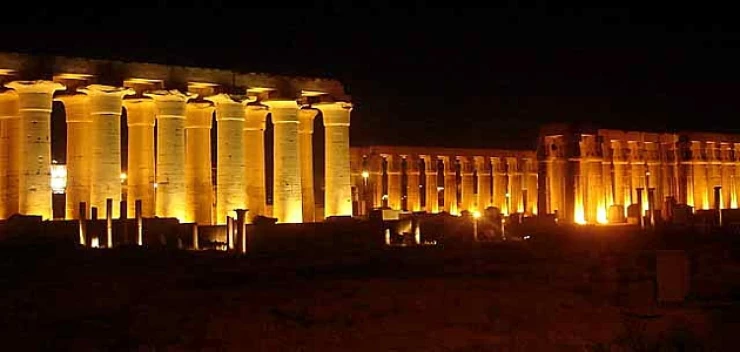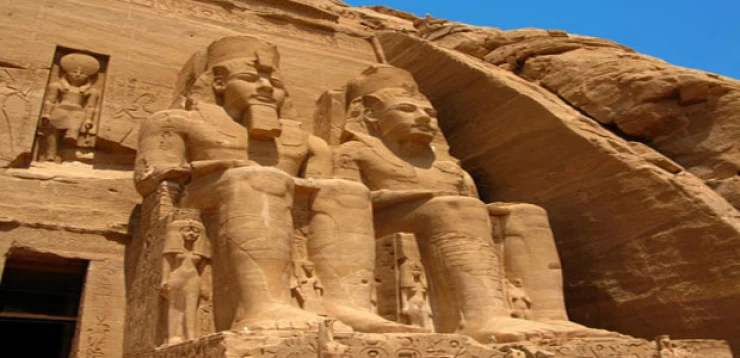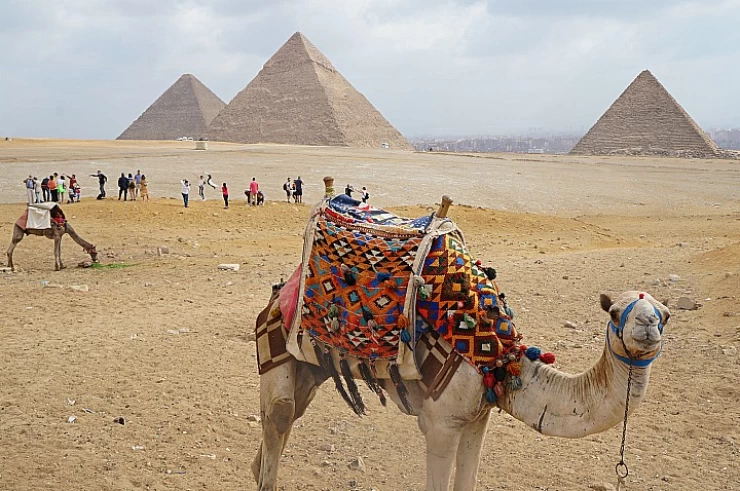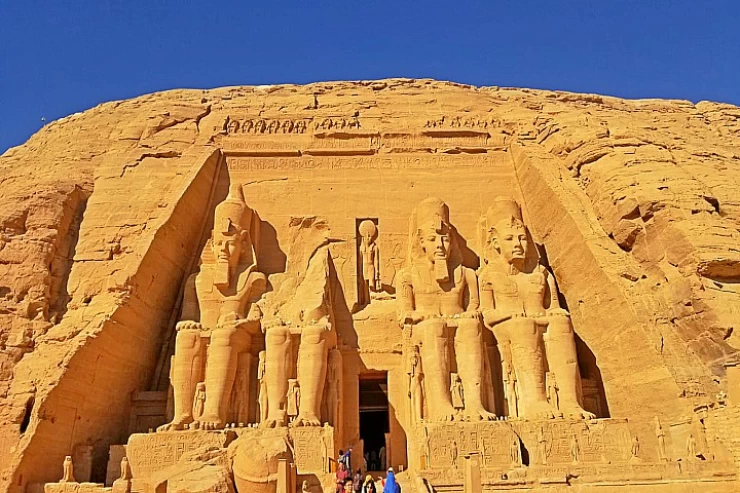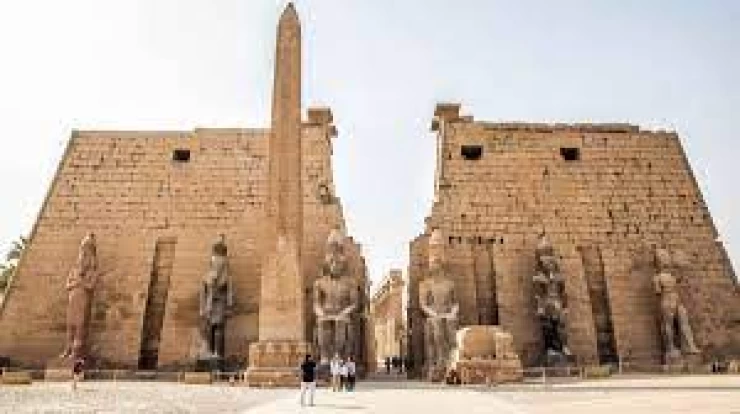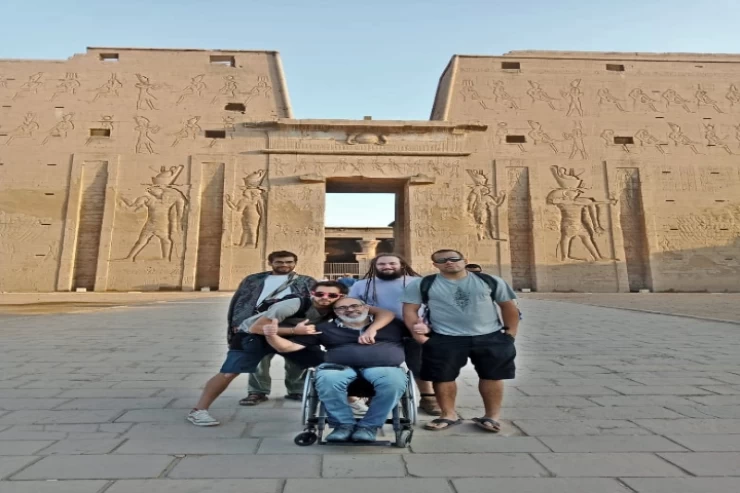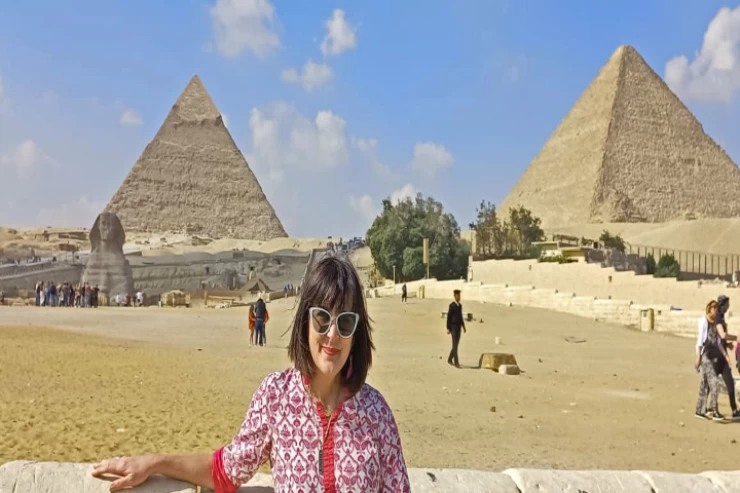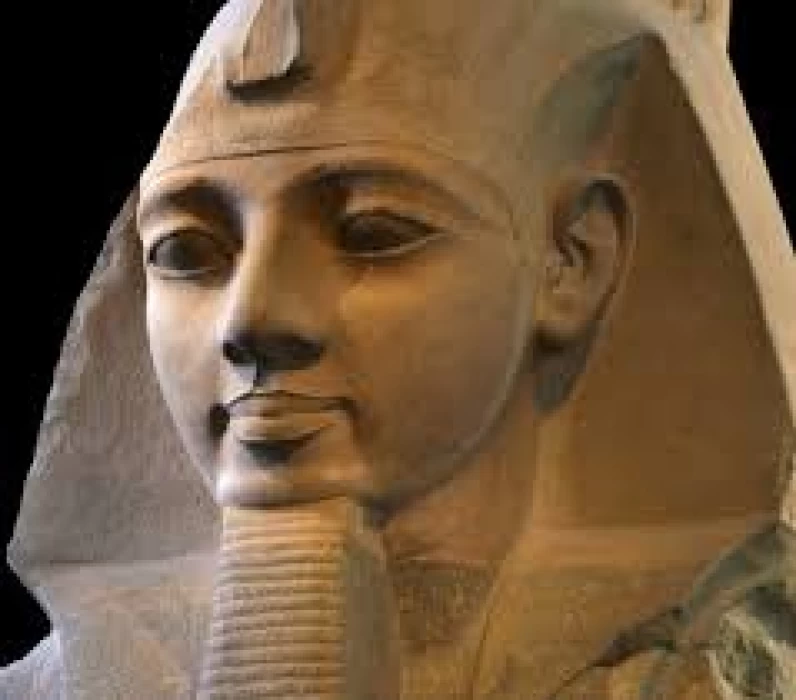
The King Ramses II | The King Ramses the second
King Ramesses II is the most famous king in Egypt, he was the successor of his father King (Seti I). He became king when he was young at the age of twenty-five to thirty years. King Ramses II married many beautiful and smart queens, while his main wife was the great queen (Nefertari), for whom he built a temple in Nubia,explore it with Egypt Classic tours to see the great temples. Her tomb in the Valley of the Queens is the most beautiful in Luxor, specifically on the west bank. In addition, King Ramses II also married his daughter (Merit Amun). King Ramses II is considered one of the greatest rulers and warriors of Egypt. He recorded the events of the Battle of Kadesh
Moreover, the actual outcome of the battle was equal on both sides, the king was extremely proud of his courage and military power. He saved Egypt from a crushing defeat in several battles like when he continued to skirmish with the Hittites for many years, but eventually signed a peace treaty - the first in history - with their king; In addition, he married his daughter to complete the alliance with their kingdom. The tomb of the ambassador who delivered the peace treaty was found in Saqqara.
King Ramses II built various gorgeous temples all over Egypt and Nubia, with very professional architectural constructions. His most famous temples include the Temple of Abu Simbel and the Ramesseum – dedicated to his funerary cult – as well as his additions to the Temple of Luxor. He also built many of his statues and seized a large number of other statues that had belonged to previous kings. Furthermore, King Ramses II was originally buried in tomb KV7, but his body was moved to the Deir el-Bahari cache to protect it.
Latest Articles
Admin
Aswan Governerate in Egypt
One of Egypt's southern governorates is Aswan Governorate. The city of Aswan serves as its capital. At a latitude of 22 north of the equator (also known as the Tropic of Cancer), it is bounded to the north by the Qena Governorate, to the east by the Red Sea Governorate, to the west by the New Valley Governorate, and to the south by the Republic of Sudan.
Admin
Luxor Governorate Egypt
The capital of the Arab Republic of Egypt is Luxor City, which was once known as "Thebes City" because it served as Egypt's capital during the Pharaonic era. It is situated in the South Upper Egypt region, approximately 670 kilometers from the capital Cairo from the south. It is bordered on the north by Qena Governorate, on the south by Aswan Governorate, on the east by Red Sea Governorate, and on the west by New Valley Governorate.
Admin
History of kafr El Sheikh Governorate
Kafr El Sheikh Governorate is an Egyptian governorate, located in the northernmost part of Egypt in the Nile Delta, with Kafr El Sheikh as its capital. It had a population of 3,172,753 in 2015 and an area of 3,748 km². Its entire area is located north of the delta and overlooks the Mediterranean Sea. The main economic activity of the residents of the governorate is agriculture and fishing, especially the southern lands of the governorate and the lands overlooking the Nile River - Rosetta Branch.
Admin
Egypt's New Administrative Capital
The New Administrative Capital is located between the Cairo-Suez and Cairo-Ain Sokhna roads, 60 km from Cairo and the same distance from Ain Sokhna and Suez. The New Administrative Capital is located on the border of Badr City, in the area between the Cairo-Suez and Cairo-Ain Sokhna roads, just after New Cairo, Mostakbal City and Madinaty.
Admin
Al Gharbia Governorate
Gharbia Governorate is one of the governorates full of archaeological sites, whether they are places or facilities (mosques, churches), as the governorate is a destination for visitors to these places throughout the year, whether they are Egyptians from the different governorates.
Admin
Hamata Islands (Qulaan Archipelago) in Marsa Alam
The Hamata area, south of Marsa Alam in the Red Sea, is one of the most important parts of the Wadi El Gemal Reserve, whether in the desert or the sea. It was named after the sorrel plant, which was distorted to Hamata.
